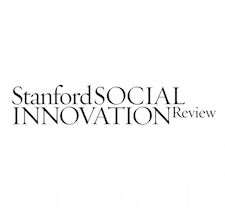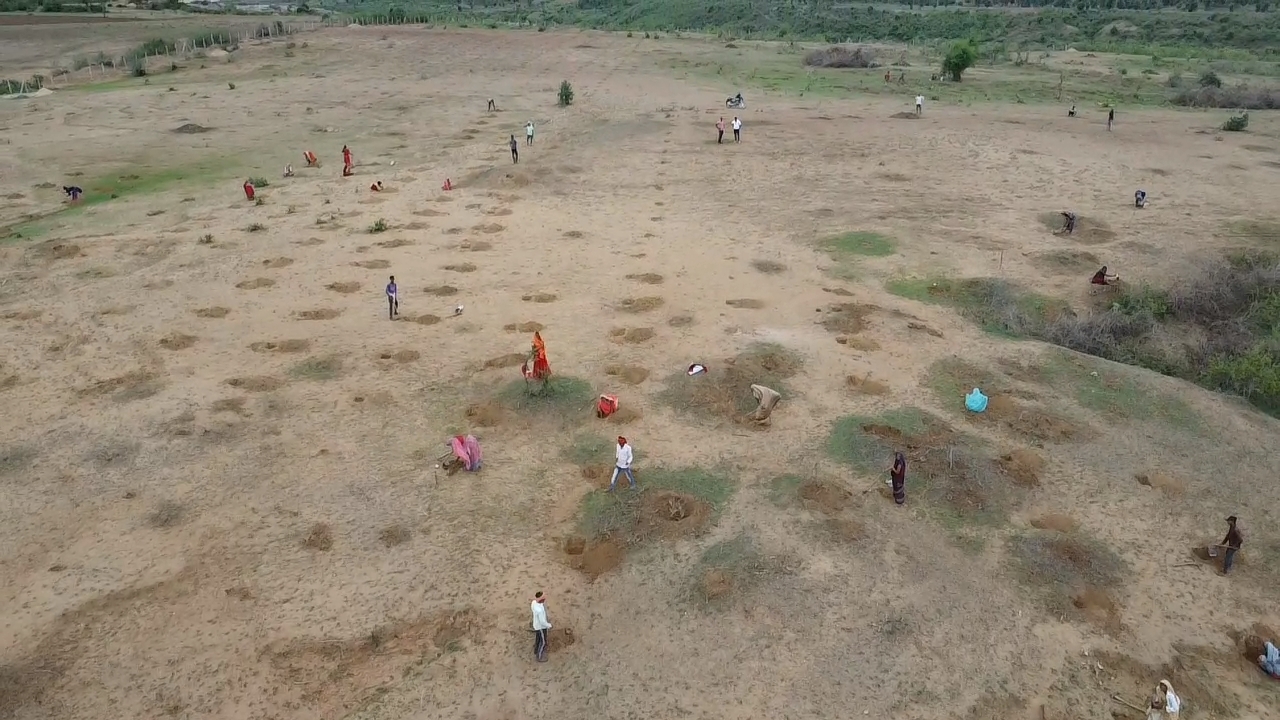To solve the social, economic, and environmental challenges we face today, we need to rethink the status quo. Governments and other institutions around the world need to embrace new ways of thinking and actively engage in widespread systems innovation to make real progress toward a healthier, more prosperous world. Yet most continue to frame their work within traditional economic models, without recognizing the damage it is causing to society and the planet. This framing often manifests in downstream measures, such as treating respiratory diseases exacerbated by air pollution, rather than investing in public transportation; rebuilding after floods caused by climate change, rather than divesting from fossil fuel and investing in clean energy; or focusing on health interventions related to poor diet, rather than improving agricultural supply chains and encouraging consumer demand for healthy food. While efforts to mitigate the effects of larger problems are vitally important, they do not attend to their root causes and interconnectedness.
Instead, we need an economic system that takes a preventative approach to social and environmental challenges to ensure that the kinds of related, follow-on problems mentioned above do not occur in the first place or are far less severe. Thankfully, the wheels are already starting to turn. Some countries are expanding how they measure economic success in a way that includes well-being and sustainability. They are working together to envision and implement a new economic model called the “well-being economy.” The well-being economy encompasses a diverse array of ideas and actions aimed at advancing social well-being through governance structures that support peaceful co-existence and meet basic human needs. A well-being economy provides people with equal opportunities for advancement, a sense of social inclusion, and stability—all of which contribute to human resilience—and, importantly, sustains and supports harmony with the natural world. It aims to serve people and communities first and foremost and offers a promising path toward greater social well-being and environmental health.
This is an excerpt from the article The Vision of a Well-Being Economy by Anna Chrysopoulou.
This article is a part of a special series on the connection between inner well-being and social change, in partnership with The Wellbeing Project, Stanford Social Innovation Review, Schwab Foundation at the World Economic Forum, and Skoll Foundation.




